So, which is best, Micro Four Thirds vs Full Frame? Well, I’ve shot both long-term and ultimately sold my full-frame camera and switched to Micro Four Thirds full-time.
And the reason I switched is something I like to call opportunistic photography. Despite full-frame cameras being technically superior in some aspects, I got better photos more often with my Micro Four Thirds camera. Why, well, it was the camera I had with me. So, here are 7 reasons why Micro Four Thirds might be for you.
SHOP MICRO FOUR THIRDS CAMERAS


Micro Four Thirds vs Full Frame – Contents
- 1. MFT vs Full Frame Image Quality
- 2. Image Stabilization
- 3. Excellent Lenses
- 5. Computational Photography
- 6. Full Frame fatigue
- 7. Opportunistic Photography
- Conclusion
.
1. MFT vs Full Frame Image Quality
So, let’s get this one over with. The sensor in a Full Frame camera is four times larger than those in Micro Four Thirds cameras. This means a full-frame camera has the potential to gather four times as much light – per photo for superior image quality. Read Camera Sensor Size Explained.
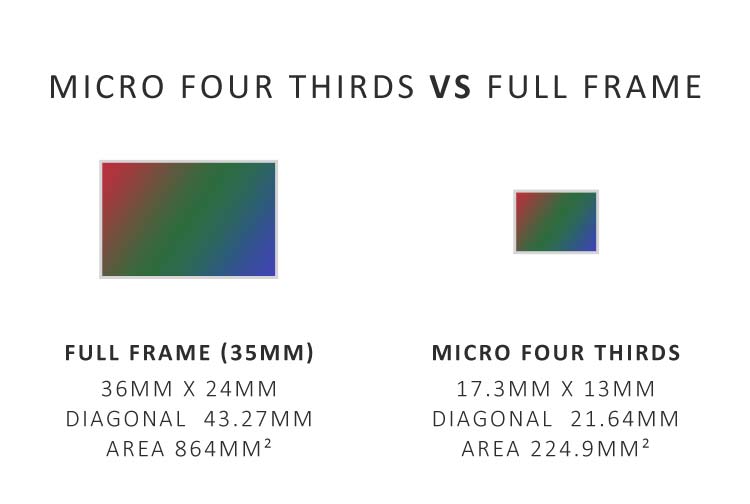
And because a larger sensor demands longer focal lengths for any given angle of view, full-frame cameras have the potential for better background blur.
But while these strengths are technically indisputable, they don’t always find traction in the real world. For instance, Full Frame depth-of-field is often so shallow that I’ll often stop down to a smaller aperture, thus raising ISO and neutralizing Full Frame’s image quality advantage. And that’s not all, as you’ll see next in this list.
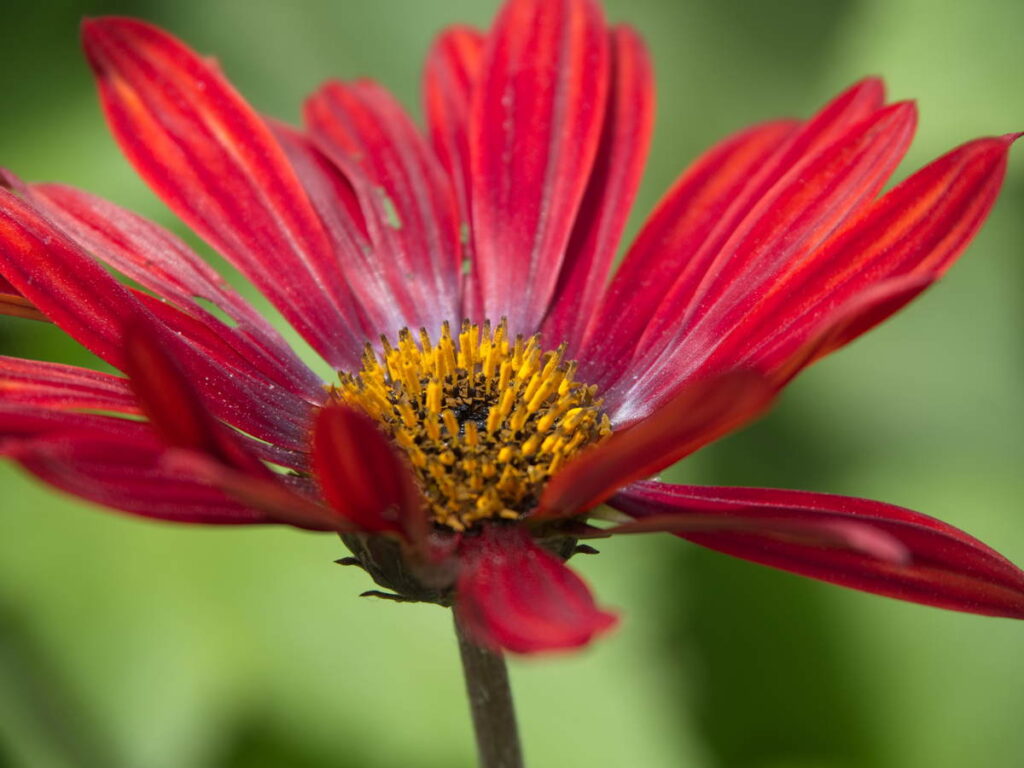
2. Image Stabilization
Few dispute that Micro Four Thirds cameras feature the best image stabilization system on the market. Yet, despite all the praise, I have found the image stabilization in Olympus cameras to be underrated.
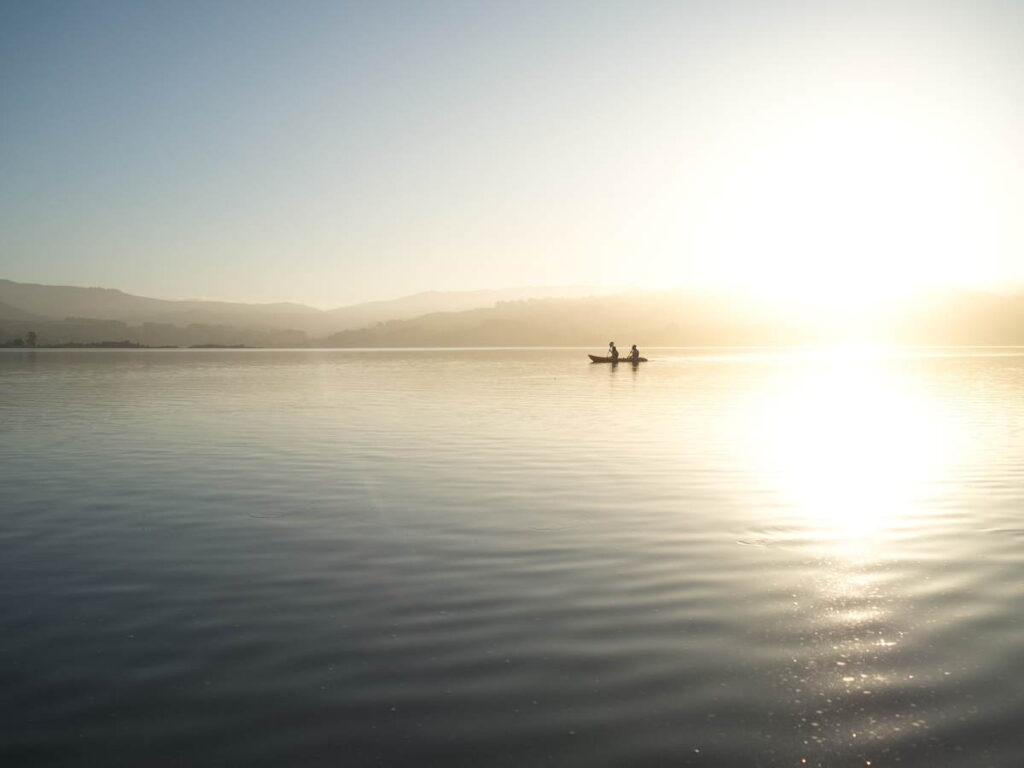
For instance, I have taken sharp hand-held exposures exceeding seven seconds with an Olympus OM-D M1ii and an Olympus 7-14mm F2.8 Pro.
As a result, I have found Olympus’s Micro Four Third cameras have a vice-like death grip on their base ISO, meaning peak image performance long after the sun has set. In comparison, I’ve found the best Full-Frame cameras to be a few stops behind, necessitating higher image-degrading ISOs or a Tripod. Read What is ISO in Photography.
Of course, Image Stabilization counts for nothing if you need to use fast shutter speeds to capture sharp photos of moving subjects. In these cases, Full Frame cameras shine.
But if you prefer to photograph sunsets or static subjects in dimly lit spaces, Micro Four Thirds can outperform Full Frame. Read What is Shutter Speed in Photography.
HIGHLIGHTED SOFTWARE DEAL – ARTICLE CONTINUES BELOW

TOPAZ PHOTO AI 2
NOW US$199. READ TOPAZ PHOTO AI REVIEW
3. Excellent Lenses
I can carry an Olympus 12-40mm F2.8 Pro all day which is more than I can say about the otherwise excellent Nikon Z 24-70mm F2.8. Instead, I’d choose the Nikon Z 24-70mm F4 S.

But, in practical terms, the Nikon Z 24-70mm F4 is half as bright as the Olympus 12-40mm F2.8 Pro, thus reducing the Full Frame camera’s 2-stop advantage to a single stop before you factor image stabilization and depth-of-field. Read Stops in Photography Explained.
Furthermore, the Olympus 12-40mm F2.8 Pro is smaller, lighter, and features IP53-rated weather sealing. Plus, it’s very sharp, built from metal, and features a glorious manual focus clutch. In comparison, the Nikon Z 24-70mm F4 is made from plastic, has no focus clutch, and boasts an unspecific amount of weather resistance.

And if you want to travel light, Micro Four Thirds has lenses such as the tiny Olympus 14-150mm F4-5.6 with its 28-300mm Full-Frame equivalent focal range. Sure, it’s not a performance lens, but in good light, it hardly matters. And in a bad light, it’s also great thanks to Micro Four Thirds’ stunning image stabilization system. Read Olympus 14-150mm F4-5.6ii Review.
5. Computational Photography
Micro Four Thirds cameras have long embraced computational photography. A great example is Olympus’s ProCapture mode which, released in 2016, continually buffers shots to help you catch the moment just before you press your shutter release.
In addition to ProCapture, Micro Four Thirds cameras feature computational tricks such as handheld multi-shot high-resolution modes, digital ND effects, live composite, HDR, and in-camera focus stacking. All of this helps to close the gap between, and sometimes exceed, the capabilities of Full Frame Cameras.
One might argue that Full-Frame cameras will also gain these modes at some point. However, only in 2022, six years after Micro Four Thirds, did a Full Frame camera, the Nikon Z9, gain an equivalent to Olympus’s ProCapture.
And there is a reason for this, Full-Frame sensors are too slow for computational photography, except for the stacked sensors within the Nikon Z9, Sony A1, and Canon R3. This may change (Canon R6ii). But today, Micro Four Third’s computational photography features are second only to smartphones.
6. Full Frame fatigue
As a self-proclaimed full-frame fanboy, I believe full-frame cameras to be the perfect blend of high-image quality and performance. With a full-frame photo count exceeding 30,000 – I still believe this to be the case today.
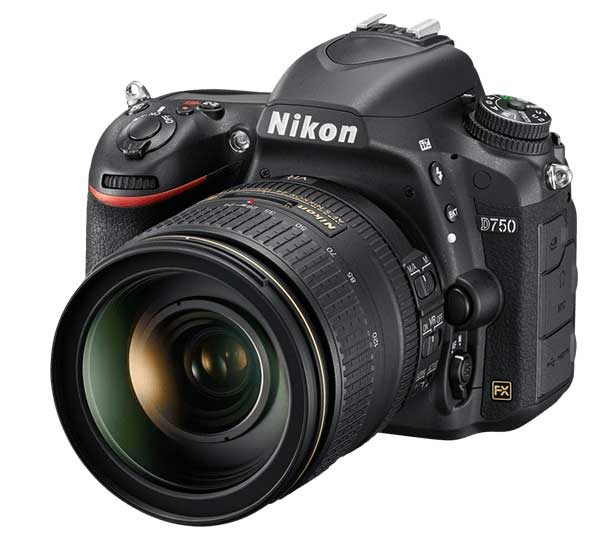
But a while back, the family and I headed off for a holiday, and for the most part, my Nikon D750 stayed behind, guarding the hotel room while I snapped away with a tired iPhone SE.
For me, the problem with full-frame cameras is two-fold. First of all, they are and always will be heavy. Even with my lightest lens, a Nikon AF-S 50mm F1.8, my D750 weighs a kilogram, not counting the zooms inside my bag.
Secondly, carrying a full-frame camera with a typical zoom lens makes me look like a photographer. And I don’t want to look like a photographer, especially when playing with my kids at the park or participating in some street photography.
In contrast, I’m effectively invisible when taking photos with my smartphone, and it’s evident in the pictures themselves as no one is looking at me. Nevertheless, my iPhone SE falls well short of my photography needs.
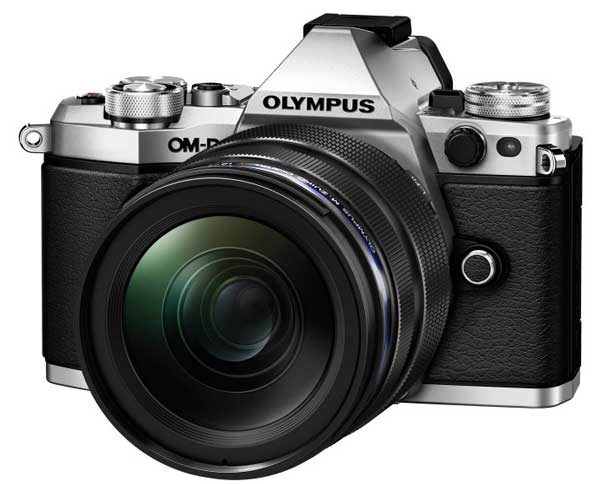
This experience led me to buy a clearance Olympus M5ii, which was only supposed to be a compact but inferior stand-in for my Nikon D750. But a few months later, I released I was using the Olympus M5ii as my primary camera. And for a good reason.
It’s small, gorgeous to hold and use, and takes amazing-looking photos. Furthermore, I can carry a trinity of razor-sharp F1.8 primes in my jacket pocket. I don’t even bother with a camera bag – let alone my full-frame camera’s backpack.
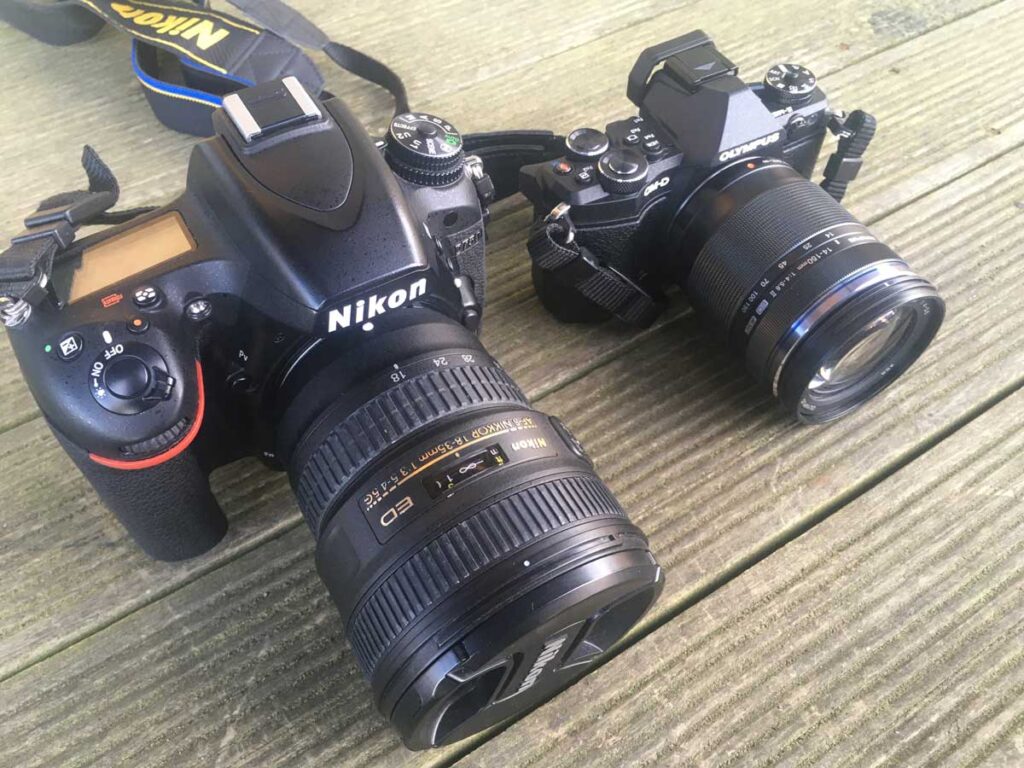
While I recognize that modern mirrorless full-frame cameras are smaller than my Nikon D750, they remain massive compared with an Olympus M5 or similar. And if anything, full-frame lenses are getting bigger, heavier, and more expensive.
HIGHLIGHTED SOFTWARE DEAL – ARTICLE CONTINUES BELOW

TOPAZ PHOTO AI 2
NOW US$199. READ TOPAZ PHOTO AI REVIEW
7. Opportunistic Photography
Compared to Micro Four Thirds, Full Frame cameras are large and heavy – especially once you’ve attached a decent zoom lens. Thus, in recent years, I’ve found myself carrying my Nikon D750 only when I know there’s a guaranteed photo opportunity at the end of my journey.
For instance, I was exploring an area known for its Seal colony; therefore, I was expecting some good photo opportunities.

Lost Opportunities
Consequently, my smartphone’s picture album serves as a record of lost opportunities. A history of all the great photos I could have taken if only I had brought the right camera and the right lens.
For example, the image below was taken in a City library. We were merely passing the time, and I wasn’t expecting a photo opportunity. But one turned up anyway.

A constant companion
And it’s here where Micro Four Thirds shines. Despite a combined weight of fewer than 700 grams, I have access to every focal length between 28 and 300mm full-frame equivalent. And thanks to the M5ii’s outstanding image stabilization, I don’t need to haul my Manfrotto Befree Advanced tripod unless I’m shooting with ND filters.

In other words, I’m ready to take a photo of whatever comes my way, and I’m already yielding images I would have missed.
Conclusion
Micro Four Thirds might be the most underrated and misunderstood camera system ever made. Its advantages are difficult to communicate on paper, and it’s easy to fall into the bigger-is-better mindset that has sold many full-frame cameras.
But in hand, the benefits of Micro Four Thirds become immediate and apparent. Of course, you’ll appreciate the smaller size and weight, but you’ll also be surprised just how easy it is to capture high-quality images despite its sensor’s comparably modest dimension.

You’ll also realize that in the real world, a Micro Four Thirds camera can outperform a Full-Frame camera – particularly in static low-light scenarios that demand extended depth of field.
Yet this is not to say Micro Four Thirds is better than Full Frame. I strongly recommend Full Frame cameras if you always shoot with large blurry apertures (Classic Portraiture) or require fast light-starved shutter speeds and high ISOs to capture sharp images of moving subjects (Sports and Astrophotography).
But for everything else, Micro Four Thirds is good enough and, sometimes, even better. But more than that, it’s a friendly companion, the camera you have with you when a moment arrives.
SHOP MICRO FOUR THIRDS CAMERAS


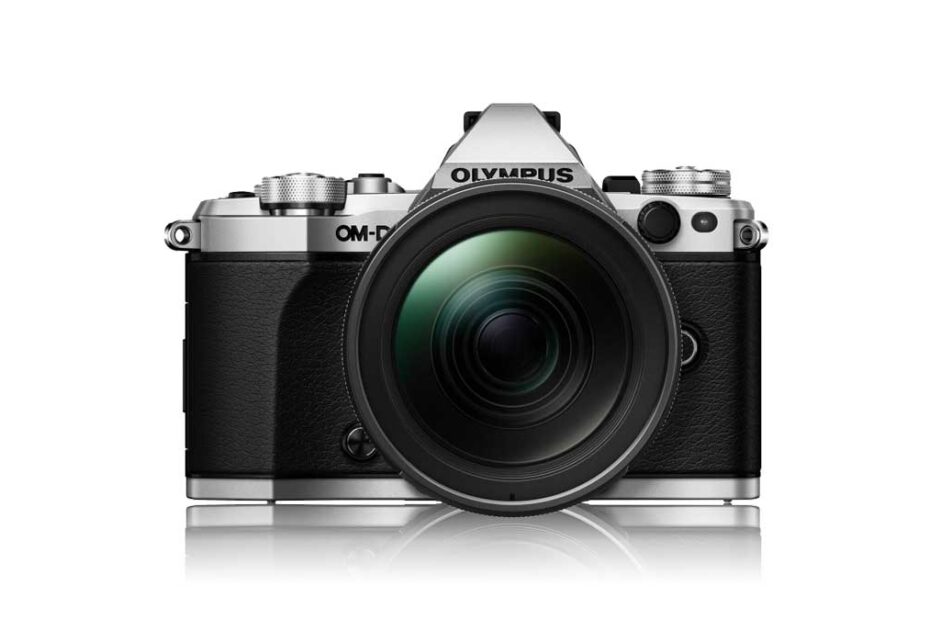
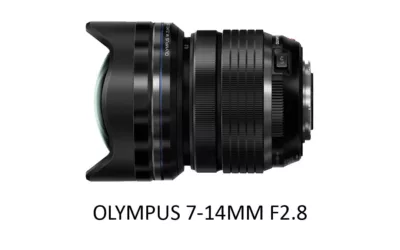
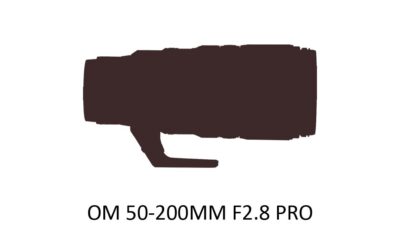
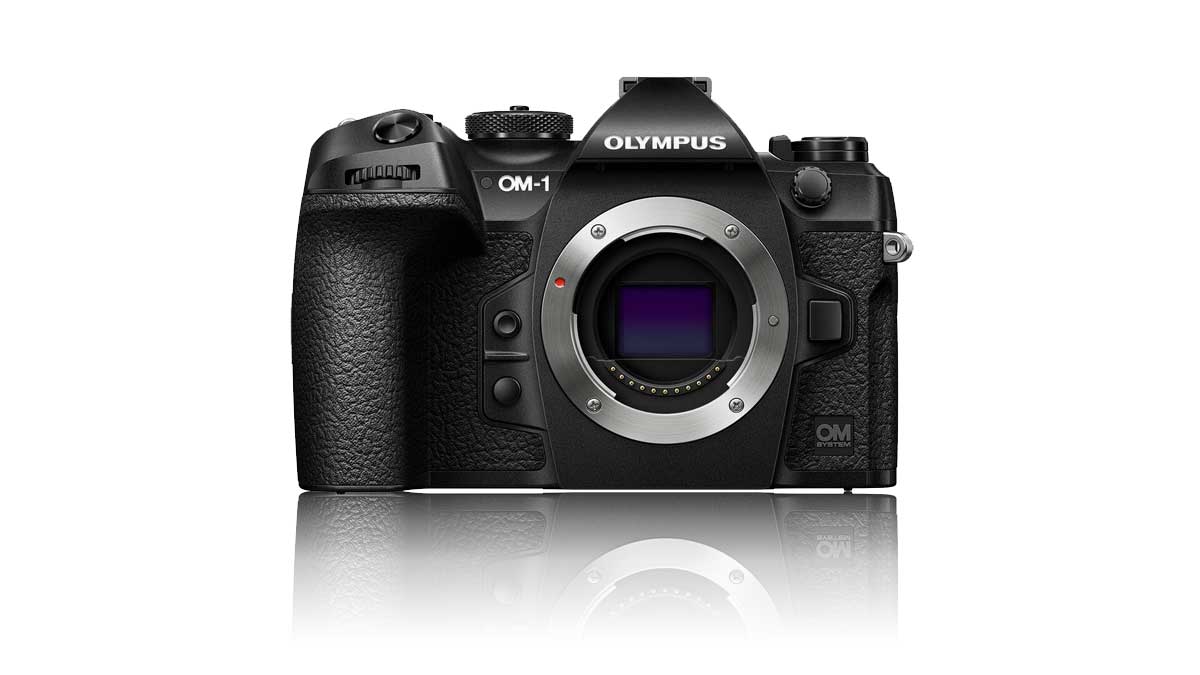
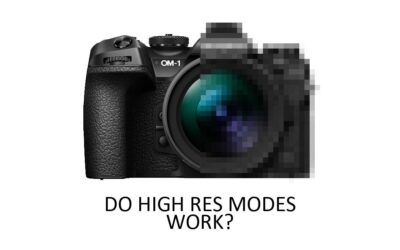
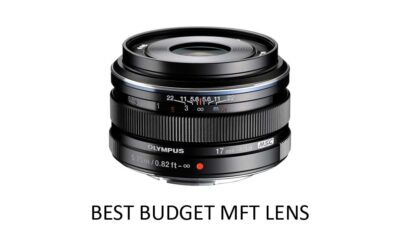
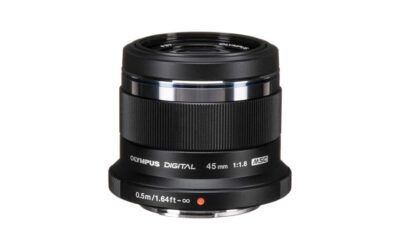
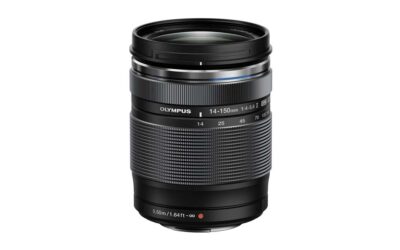
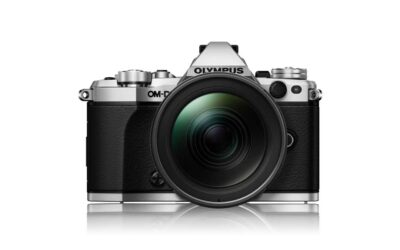
Thanks for sharing your observations and impressions. I too shoot with two different systems, a Nikon Z9 and D500, and, for now, an Olympus EM-1X.
The joy of using the EM-1X with the Olympus 150-400 for wildlife still photography is immense. I get the reach that I salivate over for the 600mm and 800mm Nikon primes, without the weight or costs.
The problem is low light performance. Given the choice between adding my name to purchase the Nikon 800mm f6.3 vs the OM-1 camera, I’m choosing the OM-1 since the improved iso level and the noise at higher iso is much better than that with on the EM-1X. I suspect that the OM-1 will extend my shooting time to at least equal to that expected with the 800 mm f6.3.
Hi Wayne. I think the people who can most appreciate Micro Four Thirds are those who have hauled large full-frame kits. I love full-frame – but it’s more than I need most of the time. The OM-1 looks excellent. The 50 fps with Tracking + Subject recognition mode should bag you a few keepers.